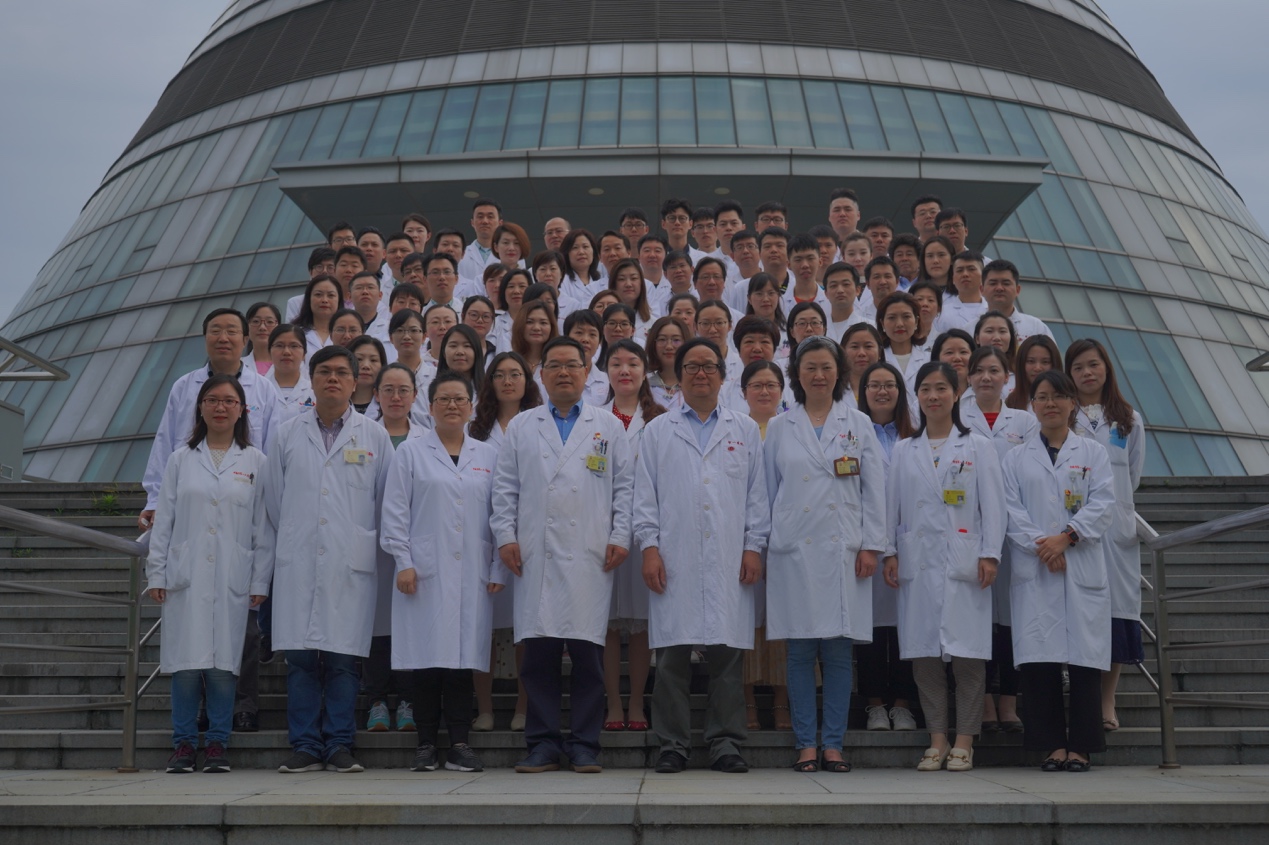上海市第一人民医院
上海市第一人民医院临床药学科是国家临床重点专科、上海市临床重点专科、上海交通学医学院发展潜力学科。学科于2010年成为中国医院协会临床药师培训基地,2011年成为上海市首批临床药师培训基地,2020年加入国家卫健委紧缺人才培训项目。目前基地有3个培训专业,分别为抗凝治疗专业、血液内科专业和心血管内科专业。10余年来,基地在临床药师规范化培训方面积累了丰富的教学经验,自2010年招生首批学员以来,为全国培养了129名临床药师(含5名紧缺人才项目学员),其中不少药师成长为优秀的临床药师。
经过20多年的历练发展,上海交通大学医学院附属第一人民医院有专职临床药师45人,其中拥有博士学历的药师有14人,高级职称临床药师11人,服务临床科室达36个。
上海市第一人民医院临床药师培训基地在教学培训模式上不断创新和拓展,特色明显,体现在以下几方面;
1.构建了闭环式的技能教学环路
闭环式技能教学环路包括入院重整,医嘱审核、药学监护、
用药指导、用药咨询、治疗药物监测、不良反应上报、患者出院用药教育。带教老师根据病例具体情况,每次教学查房选择一个环路进行教学。
2.带教形式多样化
在教学查房的带教过程中,市一基地采用了一种新颖的带教形式,带教老师通过问题学习(problem based learning,PBL)结合案例教学(case based learning,CBL)的教学查房模式,引导学员进行药学教学查房,有助于培养学员的临床思维,有效促进学员对病种和药物知识的掌握。
3.建立了重点病种的药学监护模式
根据培训大纲的要求,建立了重点病种的药学监护模式,从
疗前评估、疗中监护、疗后随访三方面指导学员开展药学监护工作,提高了学员分析问题、解决问题的能力。
Shanghai General Hospital
The department of clinical pharmacy ofShanghai General Hospital, whichis a national key clinical discipline, a Shanghai key clinical discipline, and a development potential discipline of Shanghai Jiao Tong University School of Medicine, had become a clinical pharmacist training base of the China Hospital Association in 2010, and joined the National Health Commission's scarce talent training program in 2020. At present, the base hasthree training majors, namely anticoagulant therapy, hematology, and cardiovascular medicine. For over 10 years, the base has accumulated rich teaching experience in standardized training for clinical pharmacists. Since enrolling the first batch of students in 2010, it has trained 129 clinical pharmacists nationwide (including 5 students in the scarce talent program), many of whom have grown into excellent clinical pharmacists.
After more than 20 years of development,wehas 45 full-time clinical pharmacists, serving 36 clinical departments. Among them, 14 pharmacists have obtaineddoctoral degrees and 11 clinical pharmacists ownsenior professional titles.
The Clinical Pharmacist Training Base ofShanghai General Hospital continuously innovates and expands its teaching and training mode, with obvious characteristics reflected in the following aspects:
1. Built a closed-loop skill teaching loop
The closed-loop skill teaching loop includes admission reorganization, medical order review, pharmaceutical monitoring medication guidance, medication consultation, therapeuticdrug monitoring, adverse reaction reporting, and medication education. The teaching instructor selects a loop for each teaching round based on the specific situation of the patients.
2. Diversified forms of teaching
In the process of teaching, the teacher used aPBL combined with CBL teaching mode to guide students in pharmaceutical teaching ward rounds, which helps to cultivate students' clinical thinking and effectively promote their mastery of disease and drug knowledge.
3. Established a pharmaceutical monitoring model for key diseases
According to the requirements of the training outline, a pharmaceutical monitoring model for key diseases has been established. The model includes pre-treatment evaluation, in-process monitoring, and post-treatment follow-up, which improved students' ability to analyze and solve clinical problems.
